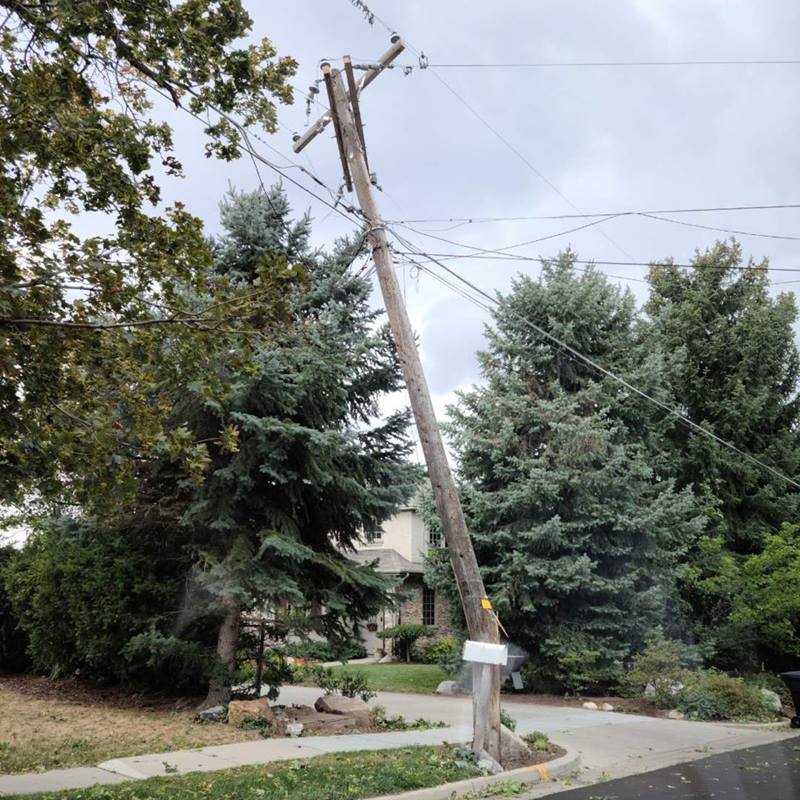Use Intermountain Connect Care®
Learn More.
How can we help?

Intermountain Healthcare clinicians are reminding residents to be safe if turning to generator or alternative power sources, as service crews work to restore power after hurricane-force-winds knocked out power to nearly 180,000 residents in Utah, Idaho and Wyoming.
The biggest danger with generators and portable gas operated heaters is carbon monoxide poisoning. Carbon monoxide is colorless, odorless, and tasteless, which is why it’s often called the silent killer.
“NEVER use a generator in your home or garage, even if the doors and windows are open,” said Lindell Weaver, MD, Intermountain’s medical director of hyperbaric medicine at Intermountain Medical Center and LDS Hospital. “Only use generators outside, more than 20 feet away from your home, doors and windows.”
Here are a few other preventative safety measures and reminders:
Carbon monoxide poisoning symptoms include: headache, dizziness, weakness, vomiting, chest pain, confusion, seizure, loss of consciousness and death.
At Intermountain’s hyperbaric medicine units, carbon monoxide poisoning patients are treated with high-flow oxygen, sometimes in a special room or capsule called a hyperbaric oxygen chamber, to reduce the chance of permanent brain damage.
Although treatment for carbon monoxide poisoning reduces the risk of possible permanent brain or cardiac injury, disability can still occur. It’s vital that people take necessary precautions to prevent and avoid carbon monoxide exposure, as it’s the best way to keep everyone safe.
###